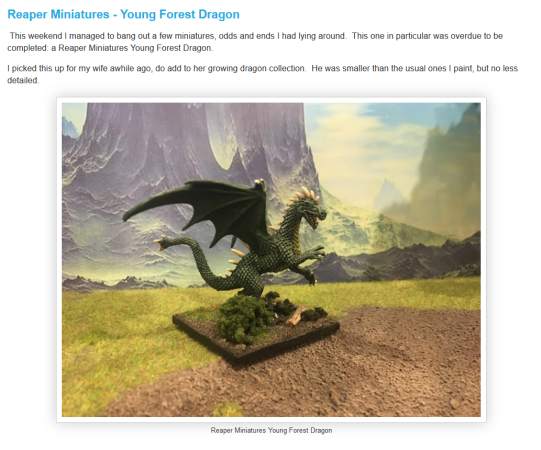TMP has been doing an 'animals' theme, so I opted to paint a pair of lion warcats. These are from the Legend of the 5 Rings Clan War series from AEG, sculpted by Julie Guthrie (product code 10-411). Both are lionesses, and are nice clean sculpts with only a little easily-removed flash around the tail and hind legs.
As reference, I've got a selection of lion and lioness photos - including a very useful postcard with a close-up of a lion's face that shows all the facial markings in good detail.
In terms of paints, I usually use a mixture of artist's acrylics, GW paints, and Rackham colour, though none of the Rackham ones participated in this warcat-painting exercise. I use a wet-blending technique, so for a lot of the time I'll have two colours of paint and two brushes on the go at once.
In total, I use four brushes (all size 1 sable watercolour brushes), though I never have more than two of them loaded with paint at once. They are, in increasing degree of decrepitude:
- A brush that still has a decent tip - used for doing fine detail and twiddly bits
- One with the tip past its best - for painting small areas, for blending and for doing fine detail and twiddly bits
- A knackered brush that can't hold anything like a tip any more - this is for painting big areas and drybrushing small ones, for blending and some dappling or stippling if required
- One so old and battered that the tip is as wide as the base - this gets used for mixing paint and drybrushing big areas
Stage 1:
Mounted them on their slottabases, and covered the base with Polyfilla (that's 'spackle', to those across the pond). Then a quick undercoat of white. I'm currently using Plasti-Kote Projekt Paint: Matt Super Antique White because my local DIY store has run out of plain old non-antique white. However, the colour difference is so subtle as to be indistinguishable!

Stage 2:
Gave them a basecoat of Rowney Cryla Bronze Yellow, straight out of the tube, with the brush well wetted to help the paint mix and flow. It's just slapped on and left to dry - no subtlety at this stage, folks.

If you are using paint this thick, you'll need to clean your brush several times during the slapping on of the basecoat, otherwise your brush will magically transform into Type 4 instantaneously as the paint dries!
Stage 3:
A wash of very diluted Winsor & Newton Burnt Umber. I want this in all the creases and folds and any recesses, like between the claws or around the muzzle. As you can see from the photo, the wash is still wet, so I'll wait for both of these to dry before I move onto the next step - the wet-blending.









